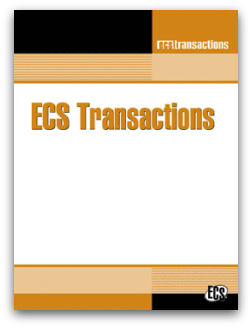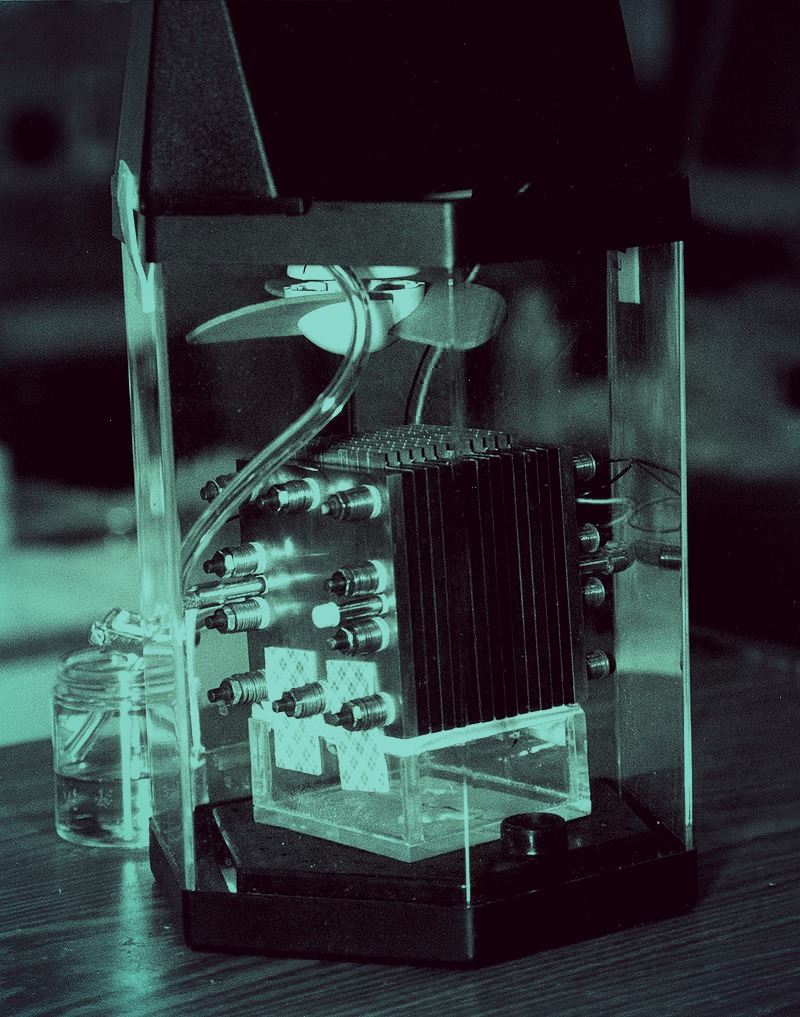 Researchers have developed an inexpensive and scalable technique that can change plastic’s molecular structure to help it cast off heat.
Researchers have developed an inexpensive and scalable technique that can change plastic’s molecular structure to help it cast off heat.
Advanced plastics could usher in lighter, cheaper, more energy-efficient product components, including those used in vehicles, LEDs, and computers—if only they were better at dissipating heat.
The concept can likely be adapted to a variety of other plastics. In preliminary tests, it made a polymer about as thermally conductive as glass—still far less so than metals or ceramics, but six times better at dissipating heat than the same polymer without the treatment.
“Plastics are replacing metals and ceramics in many places, but they’re such poor heat conductors that nobody even considers them for applications that require heat to be dissipated efficiently,” says Jinsang Kim, a materials science and engineering professor at the University of Michigan. “We’re working to change that by applying thermal engineering to plastics in a way that hasn’t been done before.”



 ECS has experienced outstanding growth in several areas as highlighted in our
ECS has experienced outstanding growth in several areas as highlighted in our  ECS Transactions 77(11) “
ECS Transactions 77(11) “
 Researchers have found a way to use magnetic nanoparticle clusters to punch through biofilms to reach bacteria that can foul water treatment systems.
Researchers have found a way to use magnetic nanoparticle clusters to punch through biofilms to reach bacteria that can foul water treatment systems.
 Researchers from Lappeenranta University of Technology (LUT) and VTT Technical Research Centre of Finland have successfully created food out of electricity and carbon dioxide, which they hope could one day be used to help solve world hunger.
Researchers from Lappeenranta University of Technology (LUT) and VTT Technical Research Centre of Finland have successfully created food out of electricity and carbon dioxide, which they hope could one day be used to help solve world hunger. A new device improves on the sensitivity and versatility of sensors that detect doping in athletics, bomb-making chemicals, or traces of drugs. It could also cut costs.
A new device improves on the sensitivity and versatility of sensors that detect doping in athletics, bomb-making chemicals, or traces of drugs. It could also cut costs.